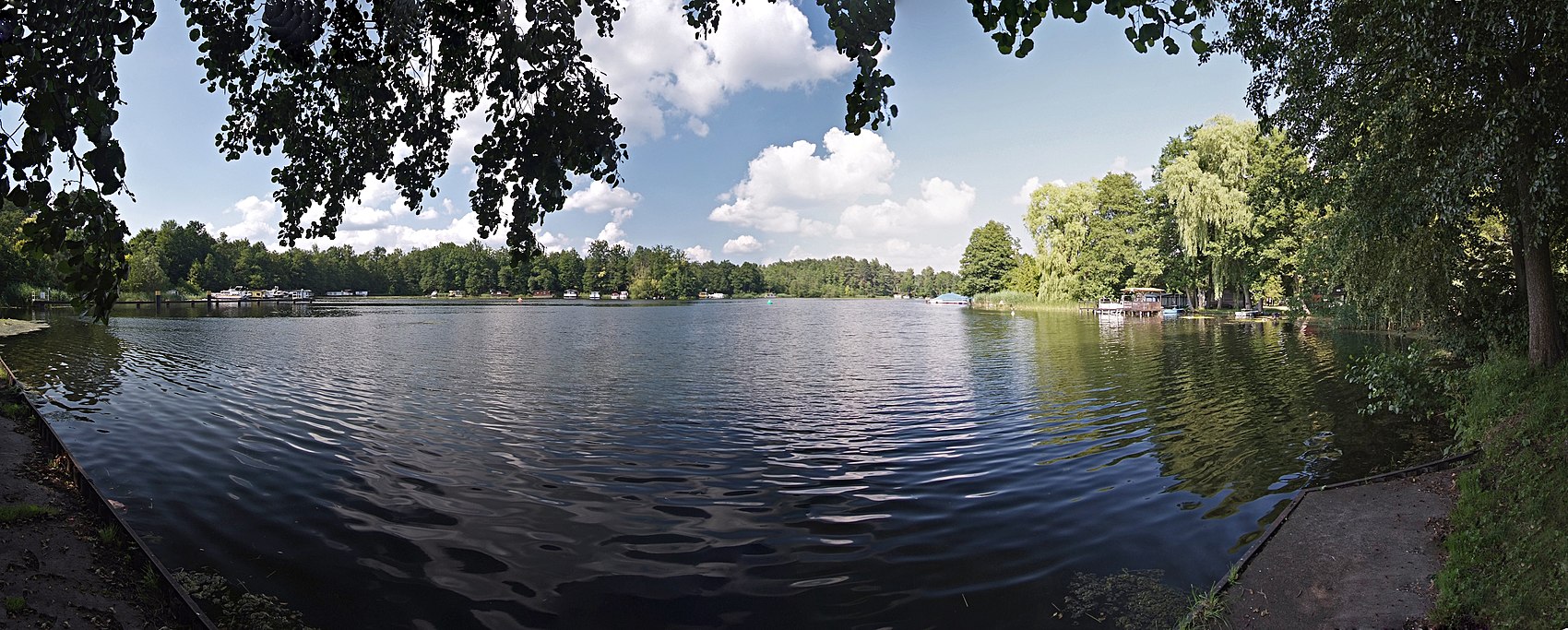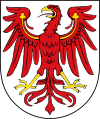Wikipedia:WikiProject Germany/Portal:Brandenburg
Appearance
| Welcome to the Brandenburg portal |
Selected article
The Marmorpalais (or Marble Palace) is a former royal residence in Potsdam, near Berlin in Germany, built on the grounds of the extensive Neuer Garten on the shores of the Heiliger See (lake). The palace was commissioned by King Friedrich Wilhelm II (Frederick William II of Prussia) and designed in the early Neoclassical style by the architects Carl von Gontard and Carl Gotthard Langhans. The palace remained in use by the Hohenzollern family until the early 20th century. It served as a military museum under communist rule, but has since been restored and is once again open to the public.
Selected biography
Theodor Fontane (30 December 1819 – 20 September 1898) was a German novelist and poet, regarded by many as the most important 19th-century German-language realist writer. Fontane was born in Neuruppin, a town 30 miles northwest of Berlin, into a Huguenot family. At the age of sixteen he was apprenticed to an apothecary, his father's profession. He became an apothecary himself, and in 1839, at the age of 20, wrote his first work (Heinrichs IV. erste Liebe, now lost). His further education was in Leipzig where he came into contact with the progressives of the Vormärz. Fontane's first published work, the novella Geschwisterliebe ("Sibling Love"), appeared in the Berlin Figaro in December 1839.
Related portalsSelected imageSubcategoriesAssociated WikimediaThe following Wikimedia Foundation sister projects provide more on this subject:
|














